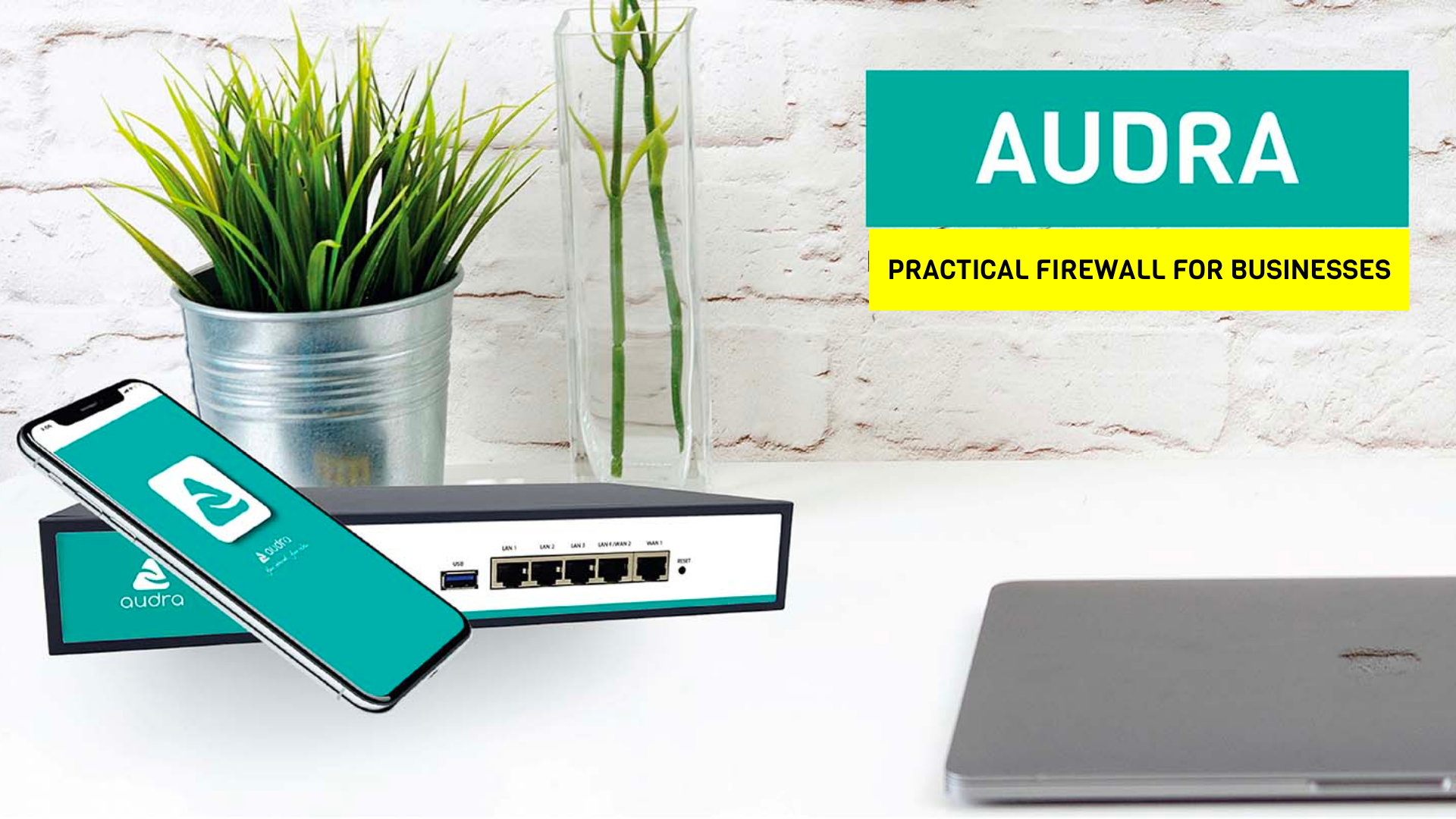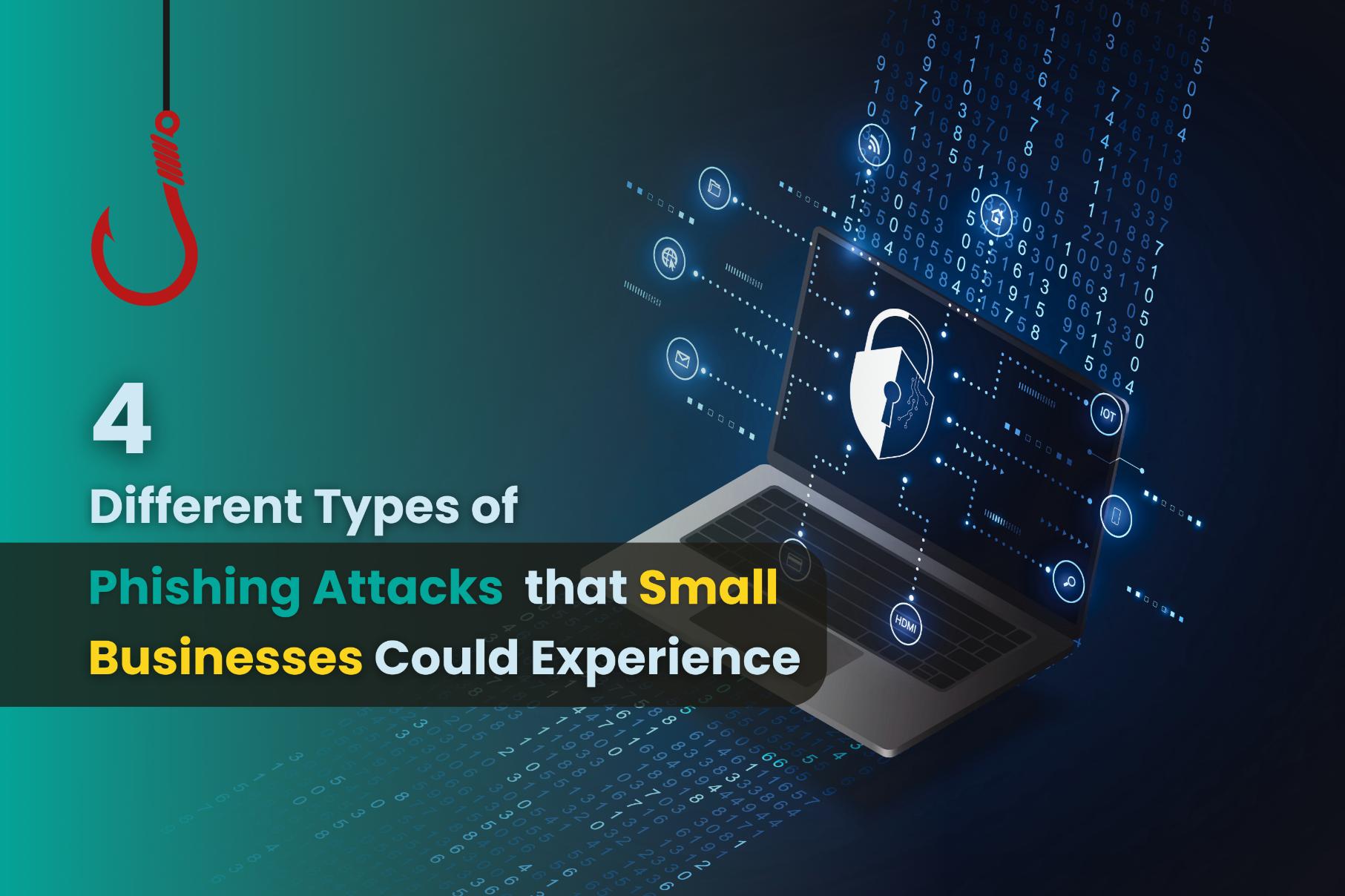Cybersecurity Best Practices For Small Businesses

Cybersecurity Best Practices For Small Businesses
Cyberattacks on small businesses are getting more common. This is probably because smaller companies frequently have weaker security procedures than larger companies. Small business owners must therefore be informed of the most recent cybersecurity dangers and take action to safeguard their businesses.
It's important for small business owners to keep up with the most recent cybersecurity risks and apply best practices to safeguard their businesses. The following are some recommendations to help you.
Cyberattacks to be aware of -
Small firms must watch out for a range of cyberattacks, such as:
-
Phishing attacks: In such a phishing attack, thieves send emails that look like they are coming from a trustworthy source, such as the financial company or a well-known online marketplace. The email can have links or attachments and, when you click them, will infect your computer with malware or take you to a false page.
-
Malware: Malware is a program that is intended to harm or takedown systems. This can be distributed via web pages, USB drives, and sometimes email attachments.
-
Denial-of-service (DoS) attacks: Through a denial-of-service attack, hackers try to overflow a website or server with activity in order to prevent regular users from accessing it.
-
SQL injection attacks: Through a SQL injection attempt, cybercriminals use faults in web-based programs to put malicious code into such a database. This program can then be completely disabled or sensitive data can be obtained by this code.
-
Man-in-the-middle (MitM) attack: In such a MitM attack, thieves interrupt messages exchanged between two entities in order to get access to confidential data. A cybercriminal may, for instance, listen in on a discussion between a user and a company utilizing an open Wi-Fi connection.
-
Insider attack: A present or ex-employee who may have information about the company's network conducts an insider attack. Attackers of this kind can possess valid login information or have got entry using social engineering.
-
Advanced Persistent Threat (APT): The APT is a type of cyberattack where a hacker infects a network without authorization and then uses that access to stay inaccessible for a sustained length of time. APTs are extremely challenging to protect against and are frequently brought out by state-sponsored entities.
-
Password Attack: During a password attack, a criminal employs a number of techniques to imagine or utilize brute force to gain access to a user's profile. Attacks on passwords can be conducted either manually or automatically using programs.
-
Zero-day exploit: A zero-day exploit is one that takes advantage of a weakness that has not previously been discovered. Since there was no fix accessible at the moment of the attack, most attacks are challenging to counter.
How to secure your small business from online threats:
It is important to take action to safeguard your organization against cyberattacks as more firms expand online. Here are a few recommendations:
-
Make sure to implement two-factor authentication as well as use unique passwords: Using strong, challenging passwords is among the strongest strategies to safeguard your resources. Additionally, wherever possible, you ought to activate two-factor authentication (2FA). By forcing you to use a code through your phone or some other device in relation to your password, 2FA offers an additional layer of protection.
-
Keeping your software updated: Security patches included in software upgrades can assist in defending your system against advanced threats. Install updates as fast as they become available, then.
-
Educate your staff: They should be knowledgeable about the most recent cybersecurity risks and how to counteract them. Make sure you routinely offer training.
-
Set a firewall: By preventing traffic coming from unauthorized sources, a firewall can actually protect your system from threats. It can also be applied to limit who has access to particularly sensitive information.
-
Backup all of your data: Periodically backup your financial information to protect it in case your system is attacked. You may restore any deleted or corrupted files using this.
-
Differentiate workspace and personal passwords: It's essential to separate your work and personal passwords. All other accounts will thus be secure even if the first one is hacked.
-
Choose a secure network: Make sure to collaborate through a secure network, which includes HTTPS or a VPN, while retrieving sensitive information. This will reduce the risk that hackers will obtain your data.
-
Be careful when opening email attachments: Among the most popular techniques for malware to affect is through email attachments. Whenever opening any attachments, make sure to run a thorough antivirus scan on them.
-
Keep an eye on the activity logs: Keep an eye out for any strange activities in your activity logs. It can assist you in identifying an attack quickly and taking precautions to limit the impact.
-
Increase the complexity of your security procedures: Evaluate your security regulations and processes. Are they continually updated? Do they cover all of the most recent challenges? Ensure that all of your staff are aware of and comply with your policies and that they are reliable.
By taking these actions, you can defend your company against cyberattacks. It's necessary to keep in mind that no system is completely secure. So make sure to look out for any unexpected activity and keep an eye on your systems. Additionally, because cybersecurity is a sector that constantly changes, it's essential to keep up with the most recent threats and effective countermeasures.



